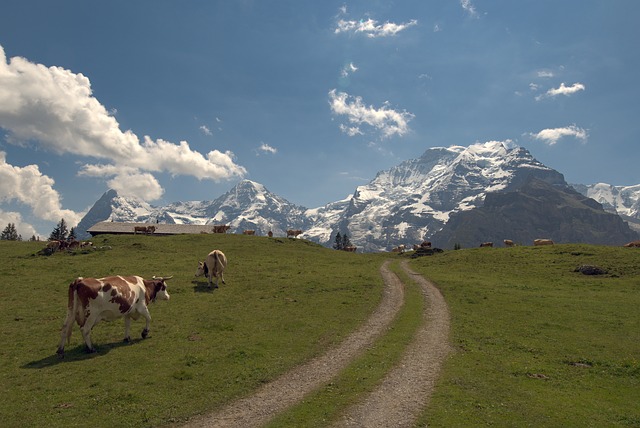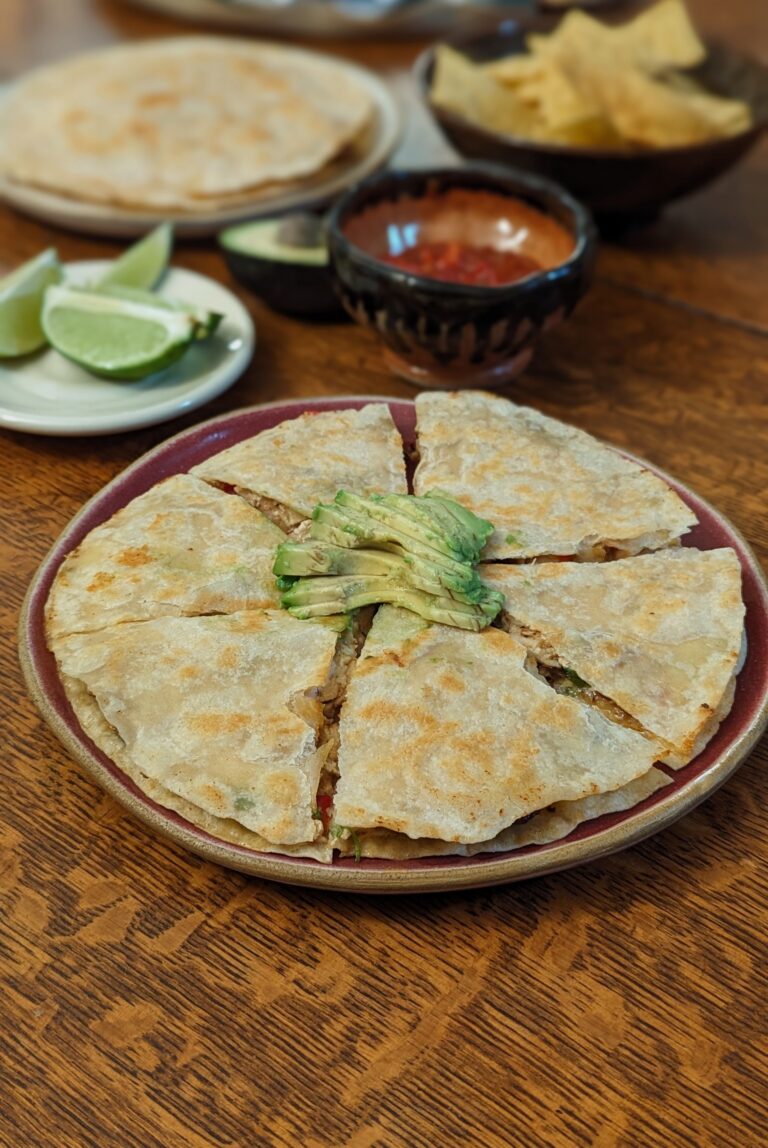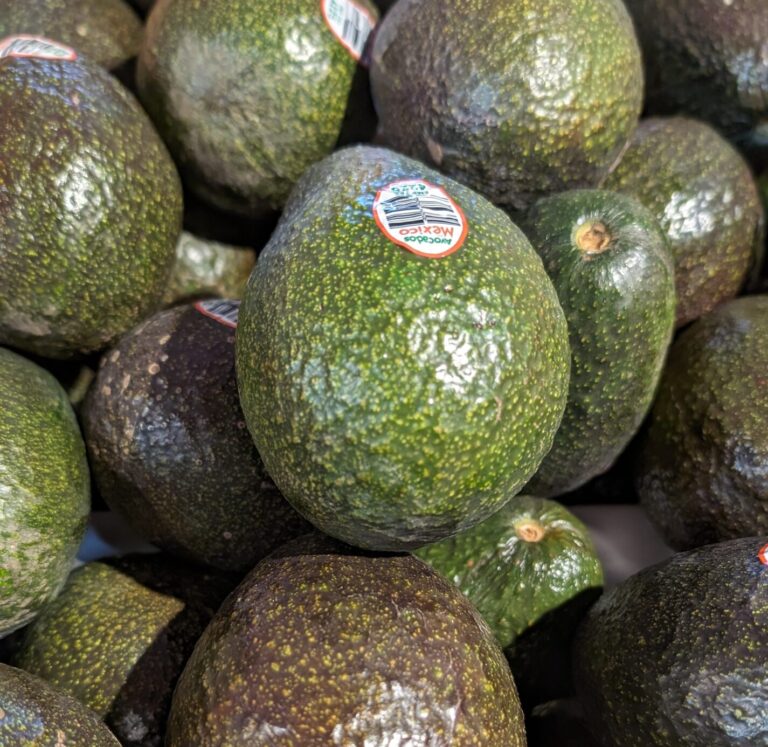Here at the Market we like to know the stories behind the foods we eat. So this time of year, when we’re enjoying our fair share of melting dishes, like raclette and fondue, we’re taking a moment to appreciate the history (and hard work) behind our favorite Alpine cheeses.
What exactly is Alpine cheese?
Alpine cheese is a style of cheese made in the mountains of Switzerland, France, Austria, Italy, and Bavaria. They’ve been making cheese in these remote alpine villages since the first century BCE. Alpine cheeses are commonly known for their nutty flavor, smooth elastic texture, and usually the presence of eyes (or holes) of varying sizes. Ones you might be familiar with: Gruyere, Emmental, and Appenzeller.
How is milk from alpine cows different from regular milk?
In the Alps, cows are on the move. They spend the winter in valley barns and begin heading up the mountain in the spring. As the snow recedes, they graze their way from one meadow to the next until they eventually reach the top of the mountain. The milk from these alpine cows takes on a unique flavor representative of the different microclimates and varieties of grasses encountered on their annual pilgrimage. In the fall the cows return to the lowlands ahead of the snow. This seasonal grazing practice is known as Alpage or transhumance.
How is Alpine cheese made?
Most farmers in these mountainous regions have only a few cows, so they combine their animals into a single herd of 70 or more. A small group of farmers lives with the herd during the summer months, at the higher elevations, and makes cheese. If you’ve ever visited the Alps, you may have stumbled upon cheesemaking huts and aging cellars built at various altitudes for on-site cheesemaking.
Alpine cheesemakers are faced with two unique challenges. First, the cheese produced in these mountain huts needs to have a long shelf life and be easy to transport back down to the villages. And secondly, unlike other cheesemaking techniques, they have to use very little salt, since salt is difficult to lug up the mountain.
Without salt, which is traditionally used in cheesemaking to dry the curds, these high-altitude cheesemakers must find another way to extract moisture from the milk. To do this, they cut the curd into small rice-size pieces and cook the curds at a higher temperature for an extended time while stirring vigorously. Then they press the curds into giant round molds, applying external pressure to extract even more moisture.
The resulting large wheels of cheese, with their durable, hard rind, are flipped and brushed with brine daily. At the end of the season, they’re moved down to the aging cellar where they sit for up to five years.
Why does Alpine cheese have holes?
The low salt content gives Alpine cheese its distinctively sweet, nutty taste and elastic texture. It also causes the formation of holes or “eyes” we associate with cheeses like Gruyere and Emmental.
Here’s why: Since mountain cows traverse through so many microclimates, their milk has 10 times as many micro-organisms as valley milk. Pasteurization would kill off these cultures. But since Alpine cheese is made with raw milk, the cultures stick around, which affects the flavor and texture of the cheese. The holes are caused by a CO-2 producing bacteria that thrives in the low-salt environment of Alpine cheesemaking.
The morale of the story.
No matter how closely we might follow the recipe, we could never create the same cheese right here in Vermont that is made in the high peaks of Switzerland. There are so many factors that contribute to the flavor and texture of Alpine cheese, from the grass the cows eat to the cave where the cheese ages.
So the next time you enjoy a bite of Alpine cheese, close your eyes for a moment and imagine the green Alpine meadow where it all began ….
Stop by the Market during our Alpine cheese celebration. We have several Alpine cheeses on sale. Check out our Classic Alpine Cheese Fondue Recipe.


